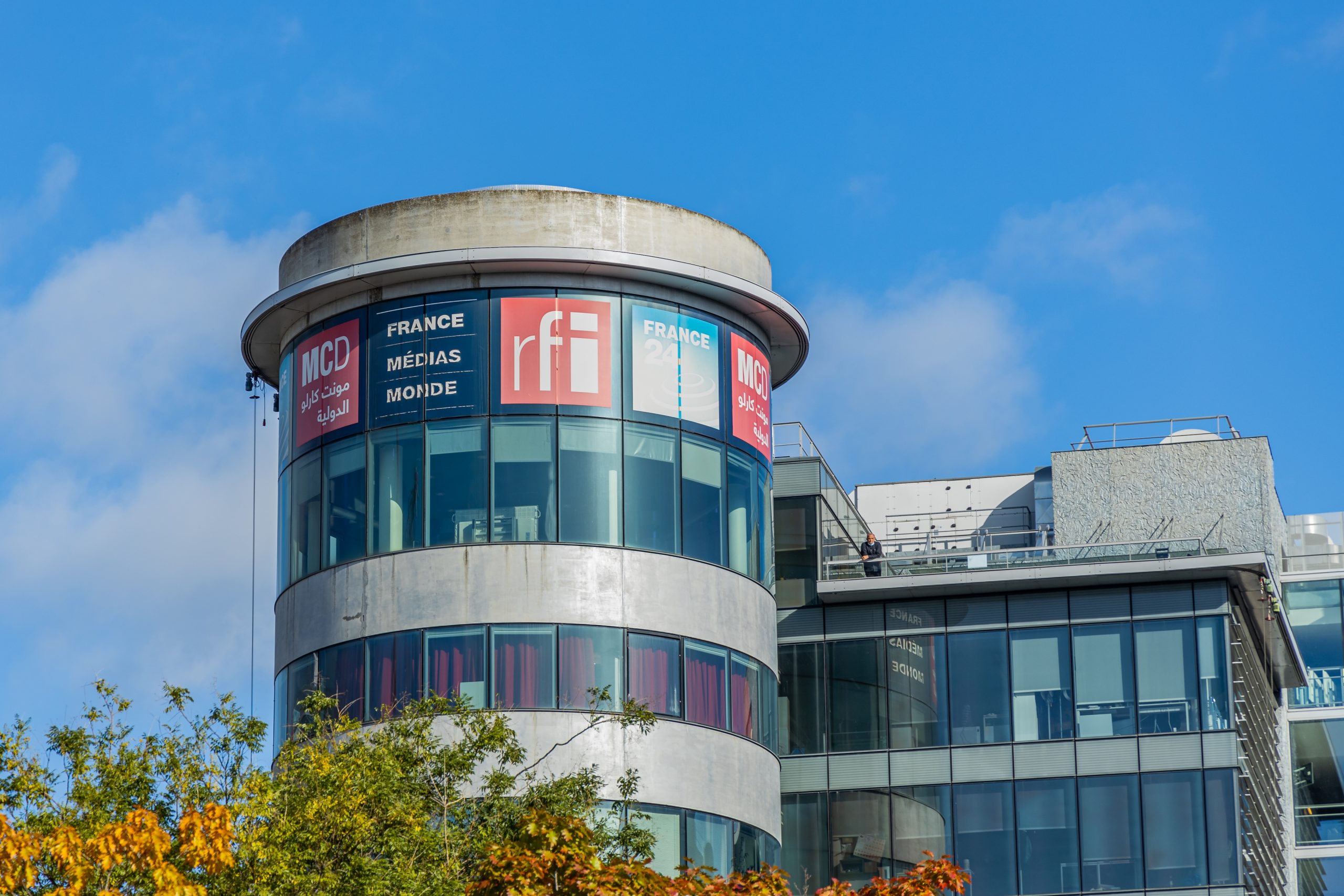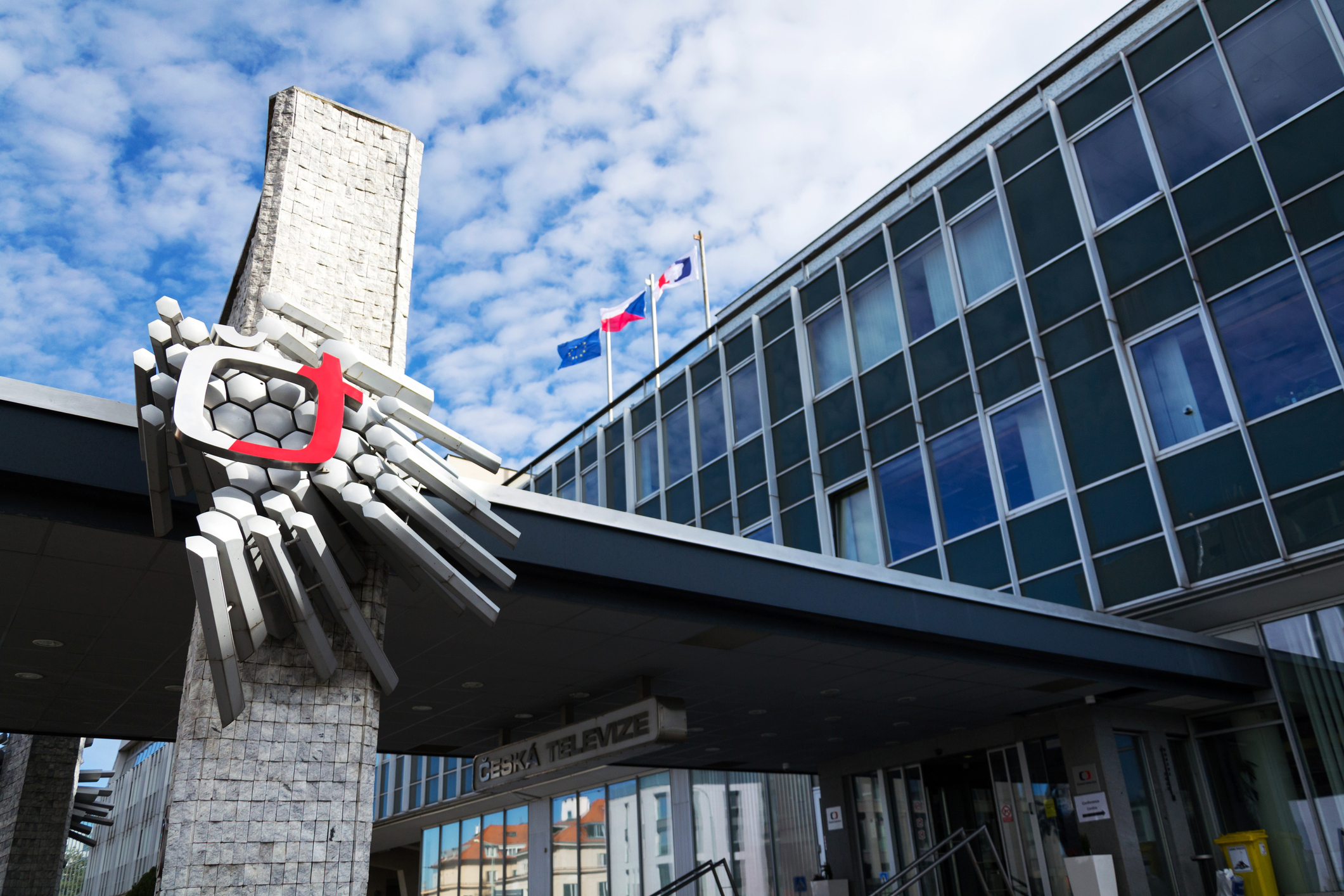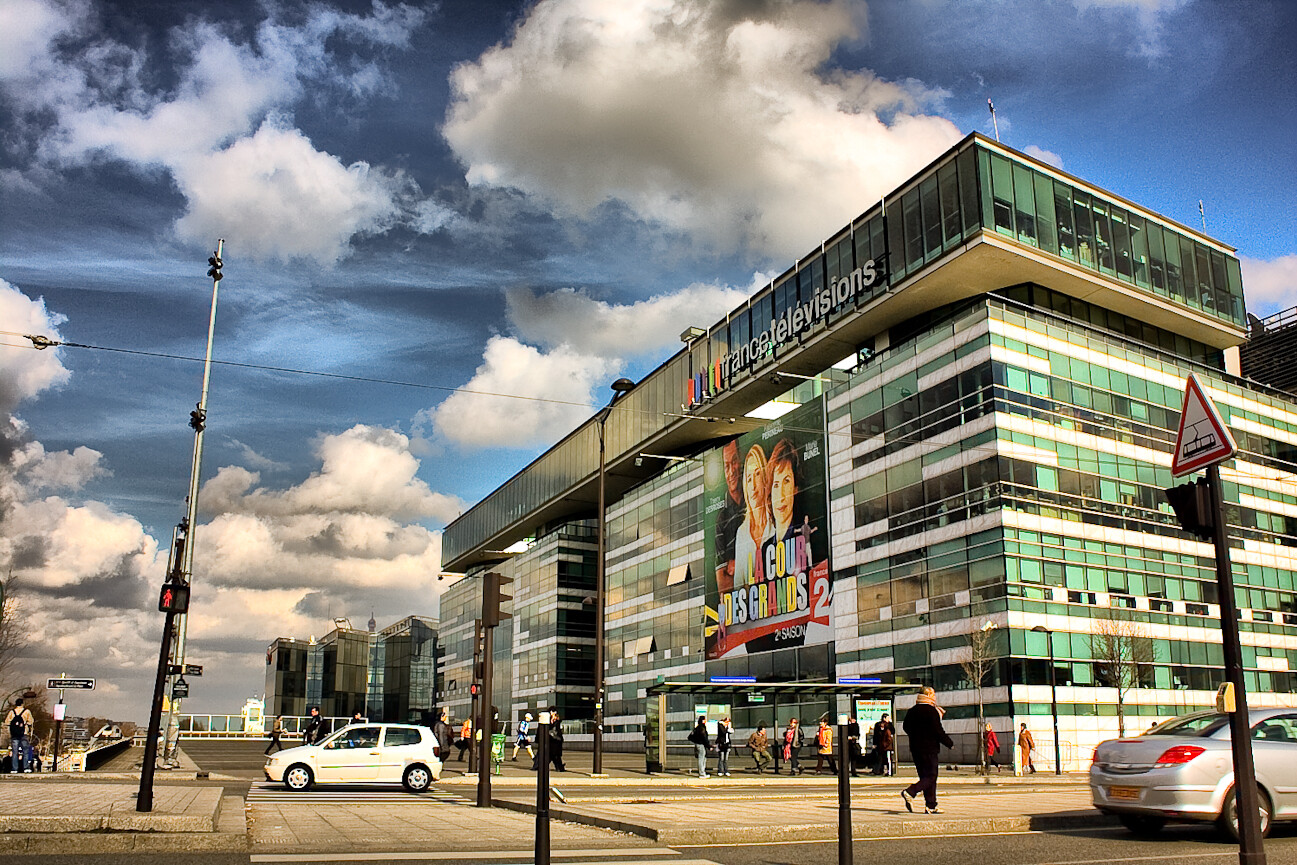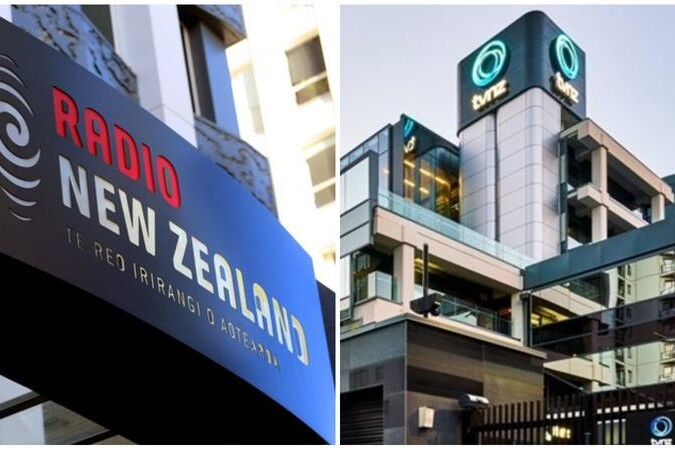INSIGHT
France TV, Radio France, INA: why a reform of public broadcasting is essential
16 May 2025
The reform of public broadcasting, which has been on the drawing board for years and was due to be examined by MPs on Friday 11 April, has been postponed, with no definite timeframe. Contested by the left-wing opposition and the unions, who are calling for strikes, the plan is to create a holding company to oversee France Télévisions, Radio France and the Institut national de l’audiovisuel (INA). But can France do without reform at a time when these institutions are in direct competition with digital platforms and social media?

This piece was originally published by The Conversation in French and translated with permission.
By Nathalie Sonnac, Professor of Information and Communication Sciences, Université Paris-Panthéon-Assas
The creation of a public broadcasting holding company, bringing together France Télévisions, Radio France and INA, has once again been put on the table by Culture Minister Rachida Dati. This is an eminently political issue, where everyone has been playing the same tune for years. On the right, the licence fee is too high and not profitable enough – one or two channels should be closed. The far right wants privatisation. On the other side of the political spectrum, the merger of these companies should have only one aim: to reduce staff numbers and cut costs, leading de facto to a decline in the quality of programmes and sounding the death knell for the general interest.
But the song has grown old, and the times are critical. Does France have the means and the time to dither?
A public service broadcasting system popular among the French
Public service broadcasting is widely acclaimed by the French, who rank it at the top of the ratings: France Inter’s morning show attracts 7.4 million listeners every morning, and 4 million viewers for France 2’s 8 o’clock news programme. Public service broadcasting is an element of cultural sovereignty and social cohesion. It is also a pillar of the audiovisual media ecosystem.
Read more: Merger put forward for French public media
Public companies account for 54 percent of the total weight of the audiovisual sector, with almost 15,000 employees and an economic value of almost €4.5 billion (2023). As a key partner in the economic fabric of French audiovisual and film production, France TV invests nearly €480 million in this sector every year.
But this time the reform is taking place in an entirely different context, that of a major media upheaval in which the integrity of the news production process is being called into question.
Latest Insights
Public broadcasting in competition with social media
In the space of a generation, social media has replaced traditional media as the main sources of information. According to the latest Reuters Institute Digital News Report (2024), 23 percent of 18-25-year-olds worldwide get their news from TikTok, 62 percent of Americans and 47 percent of French people get their news from social media, while only one percent of French people under the age of 25 buy a newspaper.
Today, television, the press and radio are in direct and indirect competition with digital platforms and social media. The shift of their audiences to YouTube or Netflix – for example – is leading to a fall in their advertising revenues, making them economically vulnerable. By 2030, 66 percent of advertising revenues will go to the major platforms.
What’s more, 82 percent of French people do not pay for their news.
The algorithmic sovereignty that underpins the business models of social media is not neutral. Centred on capturing our attention, they create the conditions for the circulation of disinformation and political polarisation, where engagement generates profit and hatred generates engagement. This has now been widely documented: these models are manipulative (Zuboff, 2020 and Chavalarias, 2022). They combine a commercial aim: to provide personalised services and advertising thanks to increased attention (more attention, more advertising, more profit) with a political aim: to manipulate information via their powerful algorithms in order to influence votes.
This ‘new’ reform comes against a backdrop of mistrust in institutions, widespread circulation of fake news and conspiracy theories.
In Europe, the Audiovisual Media Services Directive (AVMS) stipulates the important role of powerful private and public media, which are seen as essential instruments for social cohesion and maintaining our democracies.
It also comes at a time when the business models of the private media are faltering, with access to and distribution of information now largely via the Internet, to the detriment of free, universal, neutral DTT. With two years to go to the presidential election, how can public service broadcasting remain a bastion against the erosion of democratic debate?
Digital transformation and protection of information systems
The need to reform public broadcasting is not unique to France. In Greece, in 2013, the government caused major upheaval by abruptly abolishing ERT; in Switzerland, in 2018, the question of the future of public service broadcasting was put to the vote. The proposal was rejected by 71 percent, but it sent shockwaves through the country. At the beginning of 2020, Boris Johnson’s government talked about freezing the licence fee with a view to abolishing the funding mechanism of public media in 2027, even though the BBC was seen as the model to follow.
In Europe, the Audiovisual Media Services Directive (AVMS) stipulates the important role of powerful private and public media, which are seen as essential instruments for social cohesion and maintaining our democracies. It is also at European-level that public media are recognised as a pillar of democracy.
In contrast to the United States, where public broadcasting is virtually non-existent, all European countries have relied on public service broadcasting to guarantee quality, sharing common values such as independence from political interference, universality to reach all audiences, professional excellence, diversity of viewpoints, editorial responsibility and capacity for innovation.
EBU studies show a correlation between the financing of public broadcasting and the solidity of democracies.
Countries that invest more benefit from greater citizen participation, greater pluralism and better quality of information. The other side of the coin is that reduced funding makes these institutions more vulnerable to the rise of non-European private players. A cross-analysis by the EBU and the Economist Intelligence Unit (EIU) shows that the strongest democracies are those where the public broadcasters benefit from substantial funding, multi-annual financing by the state, a direct financial link with the public and a legal framework guaranteeing pluralism and independence.
However, the structure of French public broadcasting is the exception rather than the rule. Indeed, many European countries have adopted an organisation that brings together television and radio within a single group. Many have even opted for an integrated approach to web, TV and radio news: the BBC in the UK, RAI in Italy, RTBF in Belgium, RTVE in Spain and Yle in Finland.

The 2022 reform project
In 2022, the subject of reform came back in force when the licence fee was abolished. At the last minute, it was prevented from being budgeted (which would have tied its funding to the state budget, with the possibility of a revision at the end of each year), in favour of a fraction of the revenues from VAT. The report by the Inspection Générale des Finances (IGF), published in March 2024, places this funding reform within the general framework of an overhaul of its governance, structure and scope of action.
The idea is to bring the three public entities together to pool resources, create synergies and adapt to online usage. These entities and their digital platforms are distinct, even though they share missions of general interest: promoting cultural diversity, universal access to reliable information and supporting the French creative economy.
According to the IGF, their separate operation leads to fragmentation of the editorial offering, duplication of investment and support functions: human resources, administrative functions (purchasing and public contracts, archiving of documentation) and financial functions (cash management, customer and general accounts), and property management. The latter represents around 17 percent of France Télévisions’ and Radio France’s expenses.
In fact, a number of initiatives have been taken in this direction: the France Info all-news channel, which had been in the drawer for 20 years, was created in 2016 by the chairmen of the three public entities. The idea was to bring together their resources. Almost ten years after its creation, the channel still does not have a joint morning show or any real links between TV, radio and the web.
The plan to merge all the morning shows between France 3 Régions and France Bleu, which was scheduled for 2018, has “benefited” from the Covid crisis and has only very timidly seen the light of day. It took five years for the ICI brand to emerge.
These projects have been slowed down, hindered or prevented by a lack of direction, a clear timetable or even inertia or a real internal commitment within France Télévisions and Radio France. The government has now decided to reform the structure with a single head to steer the new entity. Priority should be given to developing digital technology and guaranteeing quality news and information. Unfortunately, once again, this reform may not see the light of day before the 2027 presidential election.
About the author
Nathalie Sonnac is Professor of Information and Communication Sciences at the University of Paris Panthéon-Assas.
Specialised in media, cultural and digital economics, she is particularly interested in issues of competition and regulation in these sectors, and the political and democratic challenges of the new digital economy.
Related Posts
25th March 2025
Plans to strengthen broadcasting through mergers & partnerships | PMA Briefing
Indonesia and Bangladesh's gov't…
26th April 2023
New Zealand: What’s the government’s post-merger media plan?
After New Zealand's government decided…






